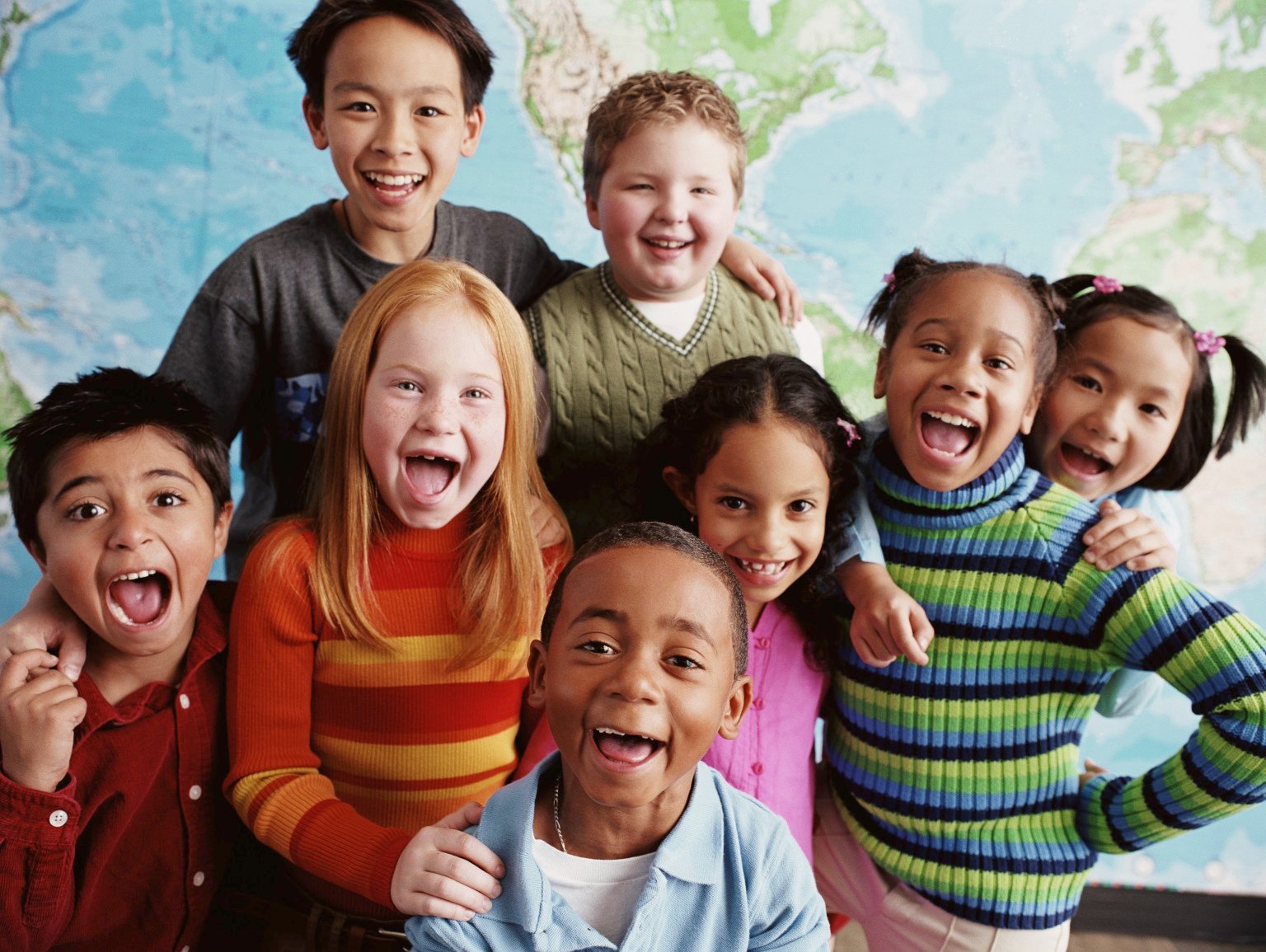When my daughter was a baby, we would walk through the basketball court near our apartment building on the way home from the playground. Quite often, we would find a group of young boys shooting hoops. Usually, though not always, the boys were black.
For some time, when we walked by, I wouldn’t say anything about what we saw. But then I began to imagine this scene infiltrating my daughter’s mind, potentially creating stereotypes about who plays basketball and why. So I told her a story in the moment, out loud:
“Look,” I pointed. “There are a group of boys playing basketball. And it looks like today, all of them are black. But people of all different races and backgrounds play basketball: white people, Asians, Latinos. Your great grandfather, Phil, he grew up in Brooklyn, too, and he played basketball. Back then, most of the children in his neighborhood playing basketball were white and Jewish, like him. Interesting, huh?”
Parents often express the fear of “pointing out” race to their children. “I don’t want to draw my child’s attention to something that s/he doesn’t notice yet,” is a sentiment I frequently hear, yet research widely acknowledges that young children do categorize by race.
In a 1997 article called “Race, gender, and young children,” Phyllis Katz and Jennifer Kofkin followed a group of black and white children from the ages of six months to six years. They found that “infants looked significantly longer at an unfamiliar face of a different race than they did at an unfamiliar face of their same race.”

Parents and educators continually talk to young children about their world, often including colors as part of the description. In New York City, where I live, a new subway campaign, "Talk to Your Baby," includes simple prompts for parents such as “The sky is blue” and “The bus is yellow.” The campaign emphasizes the impact that early talk can have on a baby’s language development. Talking about race with a young child is an extension of this campaign’s logic.
Adults can use explicit language such as “brown” and “peach” or ”black” and “white” to help children become what I refer to as “race-conscious.” Using race-conscious language enables children to practice talking about race in a way that builds their skill set for taking a stand against racism when they encounter it in their lives.
In contrast, practicing color blindness sends children the message that they are not supposed to talk about race, and if we do not empower children to talk about race and racism, we cannot expect them to do anything to change the racial inequities that still exist in the United States.
The following strategies can help you talk with young children about issues of race and identity:
- Name Race/Whiteness: Use children’s books, media, and advertisements, as well as a child’s daily world (such as the scene at the basketball court) to “see” race with them. If we say to a toddler, “Look, the child in this picture has peachy skin that we call white” we are already playing an important role in making sure whiteness is not invisible to them.
- Consider feelings: Feelings are a huge part of how we talk about race. Explore your child’s feelings and share your own: “It makes me feel sad when people say you have to look a certain way in order to do something (like play basketball).”
- Challenge Stereotypes: Point out stereotypes when you see them: “This picture is showing only black boys playing basketball, but white people play basketball too! And so do girls!”
- Talk About Fairness/Unfairness: The concept of fairness is a daily part of a young child’s life, so it is a natural way to frame conversations about equity with them: “It’s unfair when people say, ‘Black people are so good at basketball’ because it reinforces a stereotype that people who are black can only be good at certain things.”
- Create Change: Help your child understand that their actions can create change: “We need to learn more about the history of basketball.” Help your child become an “expert” on a piece of history: do an internet search together, or get a library book, or interview someone you know. Then tell them they can change people’s minds about basketball by spreading the word about what they’ve learned. Start small. But start!
Find additional strategies for talking about race with young children here.
On June 25 and 28, Sachi hosts a webinar on raising race-conscious children. Learn more.

